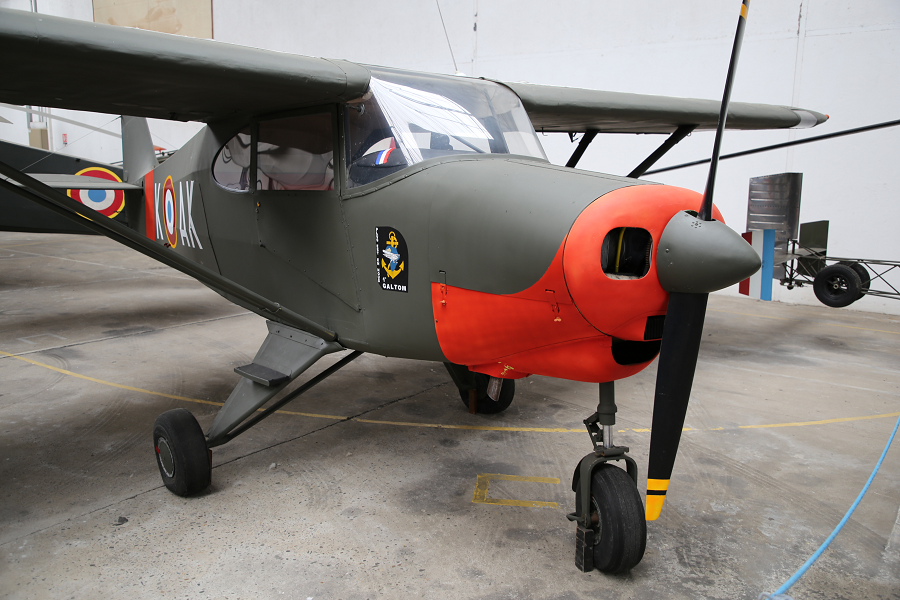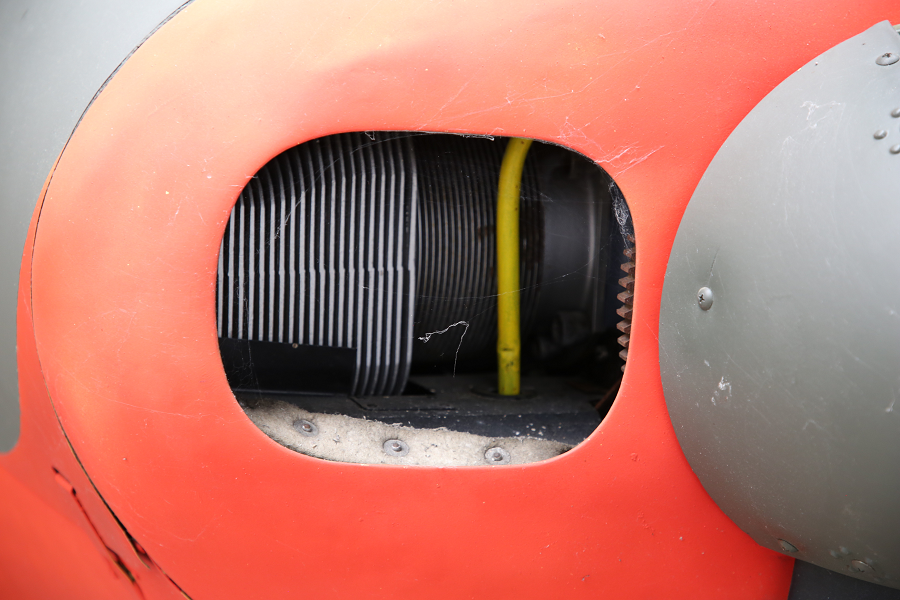The PA-20 Pacer and PA-22 Tri-Pacer, Caribbean, and Colt are an American family of light strut-braced high-wing monoplane aircraft built by Piper Aircraft from 1949 to 1964.
The Pacer is essentially a four-place version of the two-place PA-17 Vagabond, with conventional landing gear, a steel tube fuselage and an aluminum frame wing covered with fabric, much like Piper’s famous Cub and Super Cub. The Tri-Pacer is a development of the Pacer with tricycle landing gear, while the Colt is a two-seat flight training version of the Tri-Pacer. Prized for their ruggedness, spacious cabins, and, for the time, impressive speed, many of these aircraft continue to fly today.
Factory installed 108 hp (81 kW), 125 hp (93 kW), 135 hp (101 kW), 150 hp (110 kW), and 160 hp (120 kW) engine options were available, and 180 hp (130 kW) engine after-market conversions have been offered.
The Pacer and the Tri-Pacer were the first post-World War II Piper designs with flaps and a control yoke instead of a center stick, and they belong to a sub-group of Piper aircraft popularly called “short wing Pipers,” reflecting their shorter wingspans compared to the earlier J-3 Cub and PA-18 Super Cub.
The PA-20 Pacer is a tailwheel aircraft and thus has somewhat limited forward visibility on the ground and relatively demanding ground-handling characteristics. To help introduce more pilots to easier, safer flying, from February 1951, Piper introduced the PA-22 Tri-Pacer with a nosewheel instead of the tailwheel landing gear.
Additionally, the Tri-Pacer offered higher-powered engine options in the form of 150 hp (110 kW) and 160 hp (120 kW) engines, whereas the largest engine available to the original Pacer had an output of 135 hp (101 kW).













